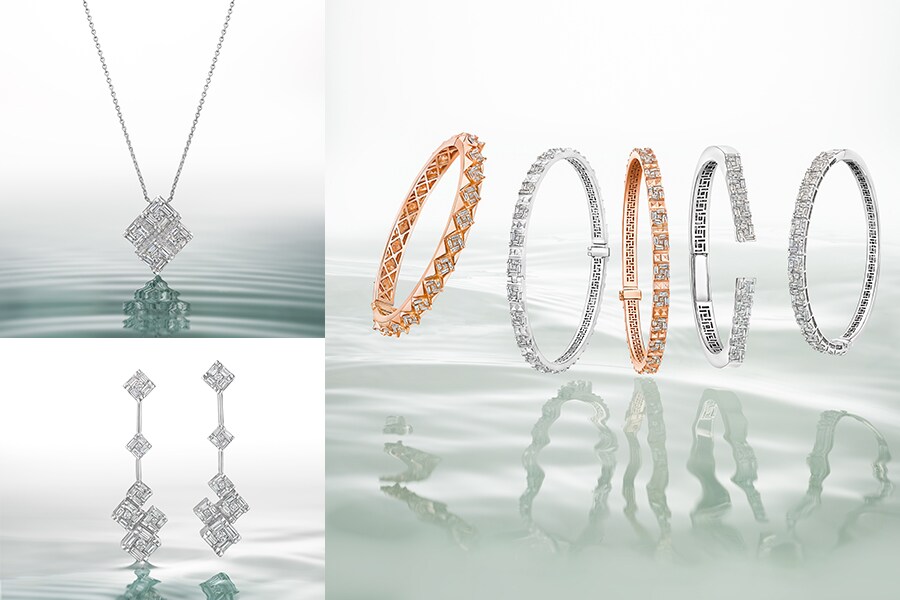
Minimalistic jewellery is in, heavy and chunky jewellery is passé: Ajoy Chawla
Ajoy Chawla, CEO of Titan's jewellery division, on a rise in demand for high jewellery and delicate pieces in the pandemic, and seeking a patent for the 'Zoya Baoli Setting'

Despite the lockdown, Zoya, the luxury jewellery brand from Titan Jewellery, from the house of Tata, saw a growth of 15 percent year on year in 2020-2021. In the first quarter of 2021-2022 the brand grew by 354 percent as compared to the same time last year during the lockdown.
In 2020, the company also opened five new Zoya galleries (a store-in-store set-up inside Tanishq stores) in Ahmedabad, Chennai, Kolkata and Chandigarh and entered the South India market with a stand-alone Zoya store in Bengaluru. This year, they will also soon open stores in Gurgaon and Hyderabad as well as another five to six galleries in different locations across India.
Zoya will also strengthen its digital footprint as online sales have been one of the biggest contributing factors to the brand’s increase in sales and reach to smaller cities. Ajoy Chawla, CEO of Titan’s jewellery division, says that Zoya’s well-travelled customers, who buy jewellery as a way of self-expression, have all adopted online buying and are now looking for timeless, versatile jewellery. While there are Zoya collections inspired by Egypt, Greece, Paris and ’20s Hollywood heroines, its most recent, Samāvé by Zoya, is inspired by India’s architectural heritage, the baolis or stepwells.
Zoya, one of the four brands under Titan Jewellery that also includes Tanishq, Mia, and CaratLane, is largely targeted at HNIs and UHNIs. Its growth in the pandemic is an indicator of Indian consumers’ growing aspirations to own luxury, even in smaller cities, as well as embracing online buying even for high valued goods such as luxury jewellery.
In conversation with Forbes India, Chawla talks about the changed consumer behaviour in the pandemic, top luxury jewellery trends and expansion plans.








